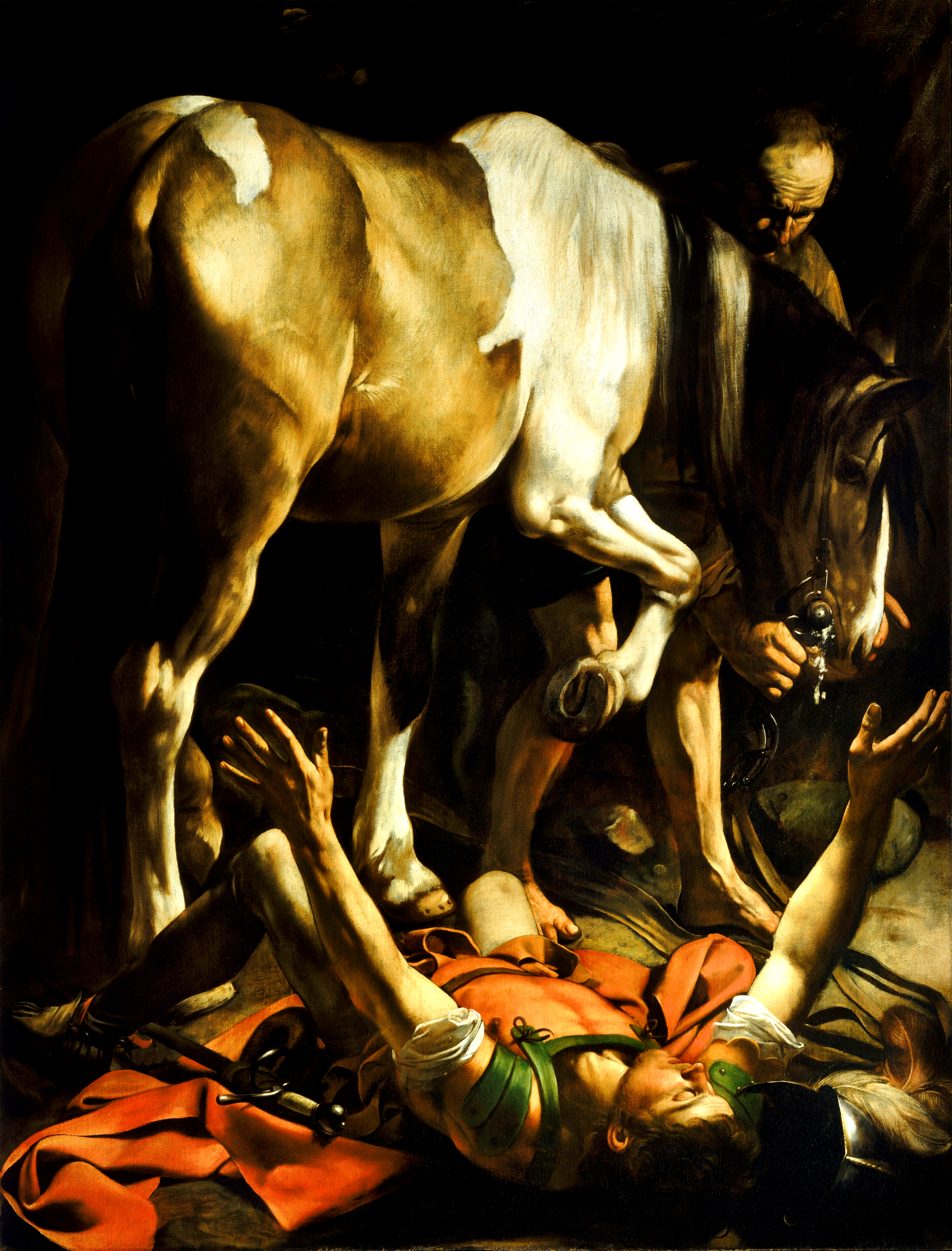The Mystical Messiah III

Between Resurrection and Return: Eschatology as Context
Scholars have sought to illuminate Paul’s mystical thought in light of different and varied sources: such as the Greek philosophical mysticism, or the Hellenistic-Jewish mysticism of Philo, or even Gnosticism. But according to Albert Schweitzer, the only context that can make Paul’s mysticism fully intelligible is Late 2nd
The problems begin to arise when Paul is (literally?) knocked off of his horse: in the “
Yet as we have noted, the resurrection state was only supposed to occur when the supernatural age had dawned. Yet Jesus, having died, rose and experiences that state in the present. In short, because of Jesus, Paul is forced to conclude that the supernatural age is dawning even now: between Jesus’ resurrection and return, the natural world-age is intact according to outward appearance; but in reality the powers of the supernatural, resurrected age are already at work transforming the natural world. Between resurrection and return, the natural and supernatural worlds are thought to be intermingled: the natural subsists according to appearance, but the powers of the supernatural are at work in a “hidden”[5] and unmanifest way, as a stage is transformed behind a curtain. This intermingling of the transient and eternal worlds and the dialectic of the hidden and the manifest that result, create the proper conditions for a peculiarly Christ-centered mysticism. It is easier now to see why Paul was forced to conclude to his mystical doctrine as a result of early Christian beliefs about the end time.
In this context, in which Christ functions as the glorified Messiah, the centrality of Jesus for one’s mystical union makes perfect sense. If Jesus expresses the resurrected supernatural state, it is only “in Him” that the powers of that supernatural state can begin to transform the believer in a hidden, spiritual manner. Participation in Christ, the indwelling of His Spirit and living on the new plane of existence that He characterizes become the necessary conditions for attaining one’s destined glory and union with God. Yet, we have stressed the enduring value of Jesus’ earthly experience and the pattern that this lends to His personal presence in the believer. What shape, then, would this necessary participation in Christ take? Jesus Himself did not attain this state by being rapt away to the heavenly realm (as Enoch or Elijah did); but only by suffering, dying, and rising again. It follows that this experience would seemingly have to be repeated by all believers in order to attain that state. This is easy for Paul to conceive of for those already dead; but what of those who are alive? Will they have to die and rise again in order to attain the state of the Kingdom when Christ comes again?
[1] Schweitzer, p.39
[2] N.T. Wright, What
[3] Schweitzer, p. 92-94
[4] Ibid., p.95
[5] One must recall that the original meaning of the term “mystical” simply denoted something “hidden.” It is in this broad sense that Paul’s thought can be designated as mystical.


0 Comments:
Post a Comment
<< Home